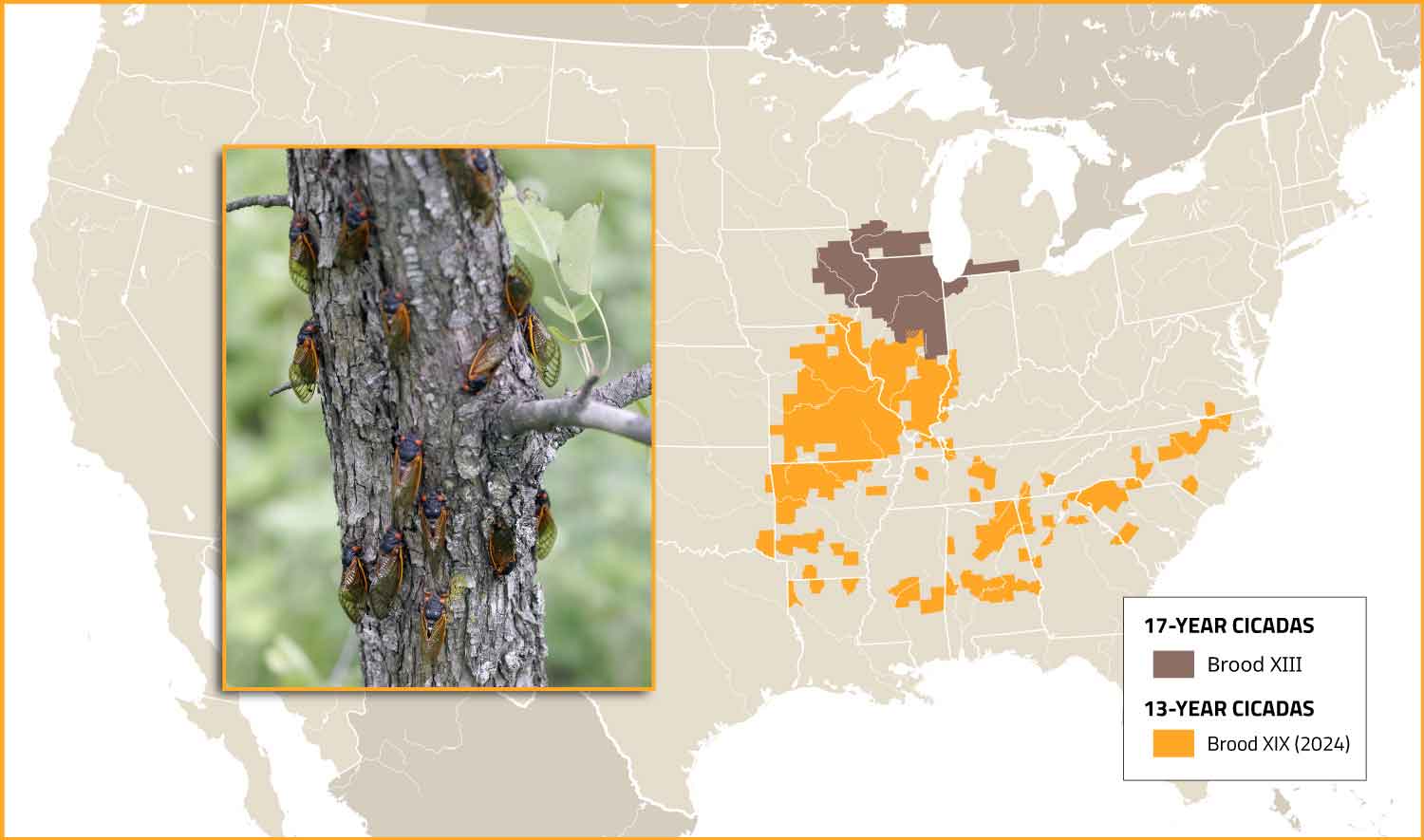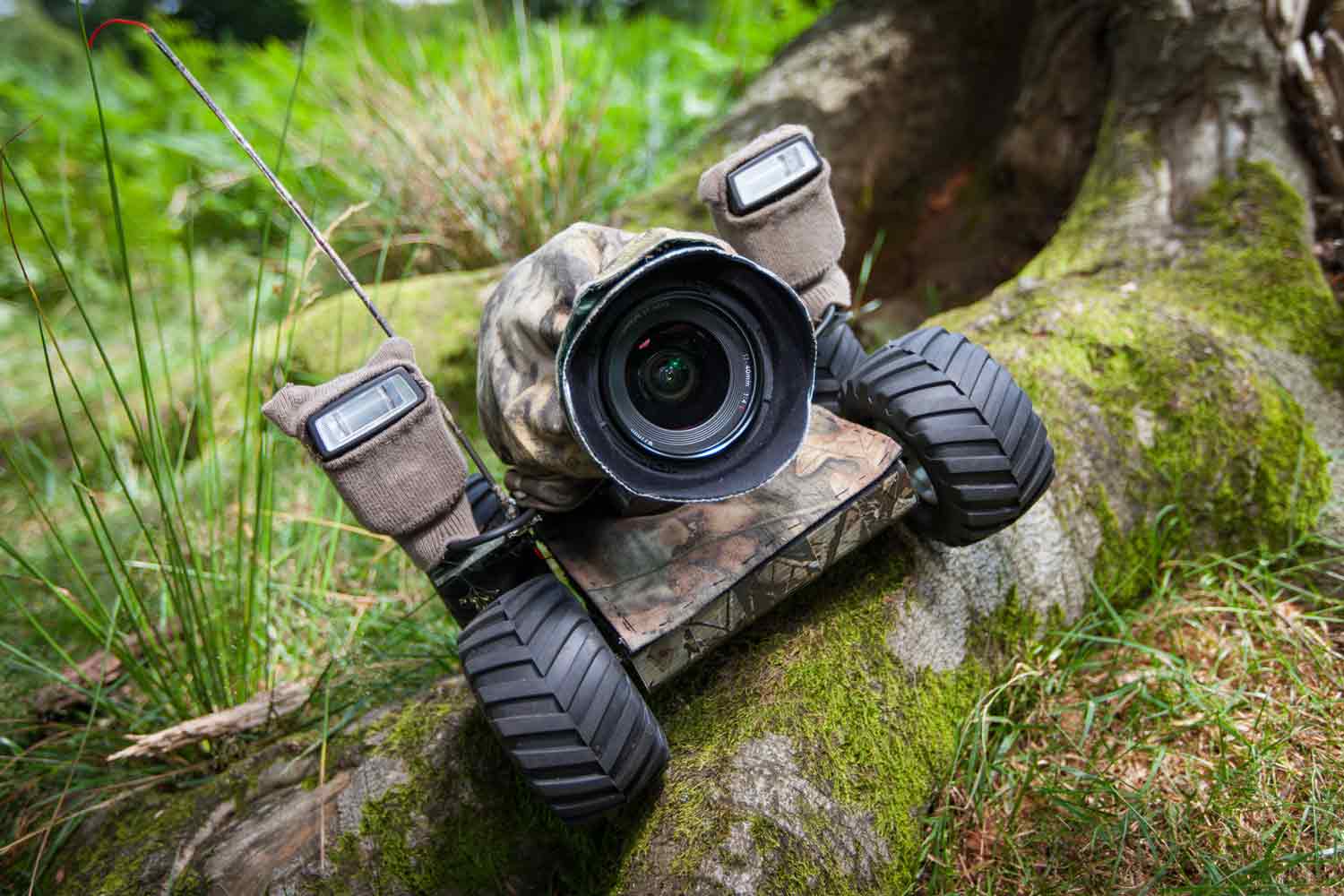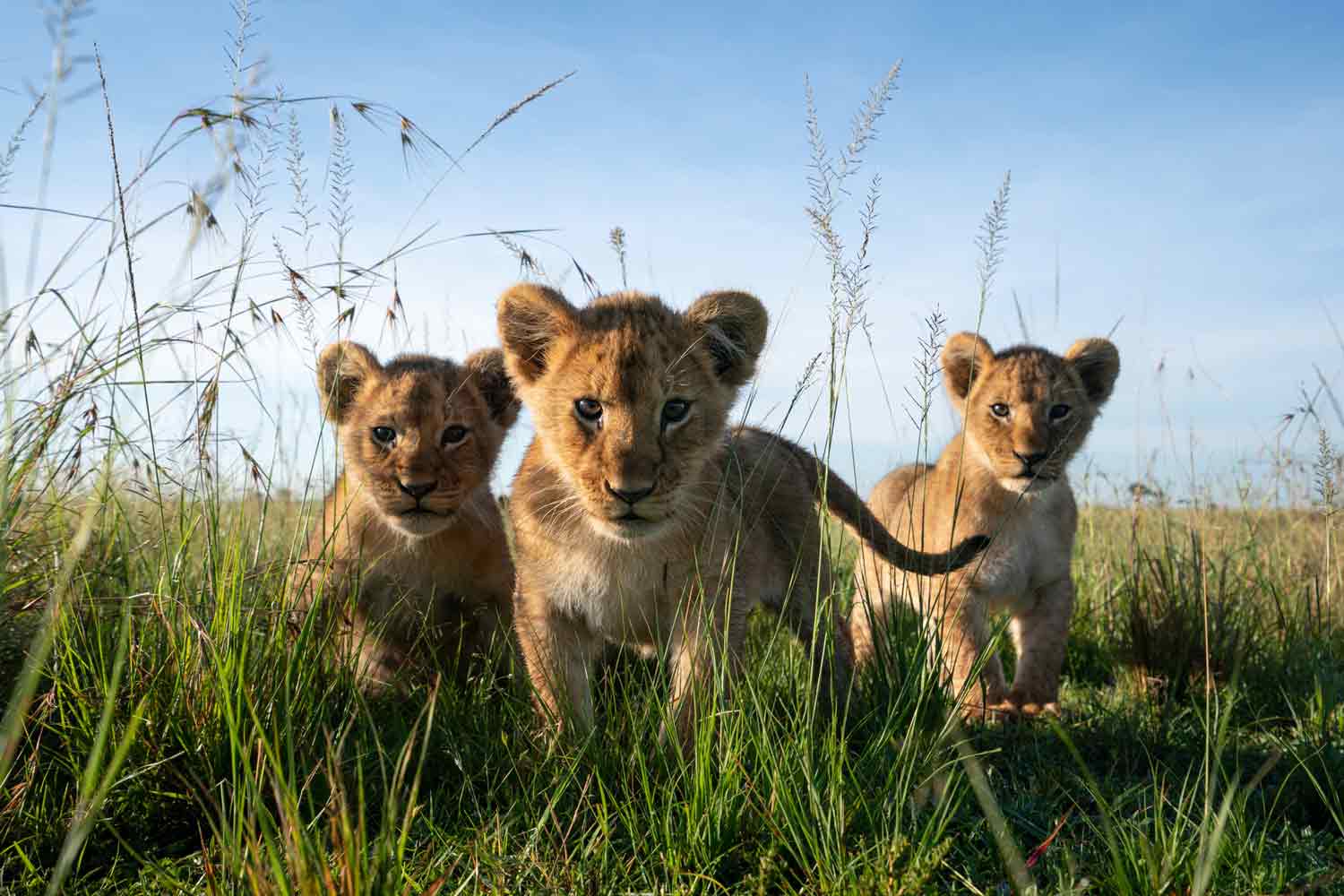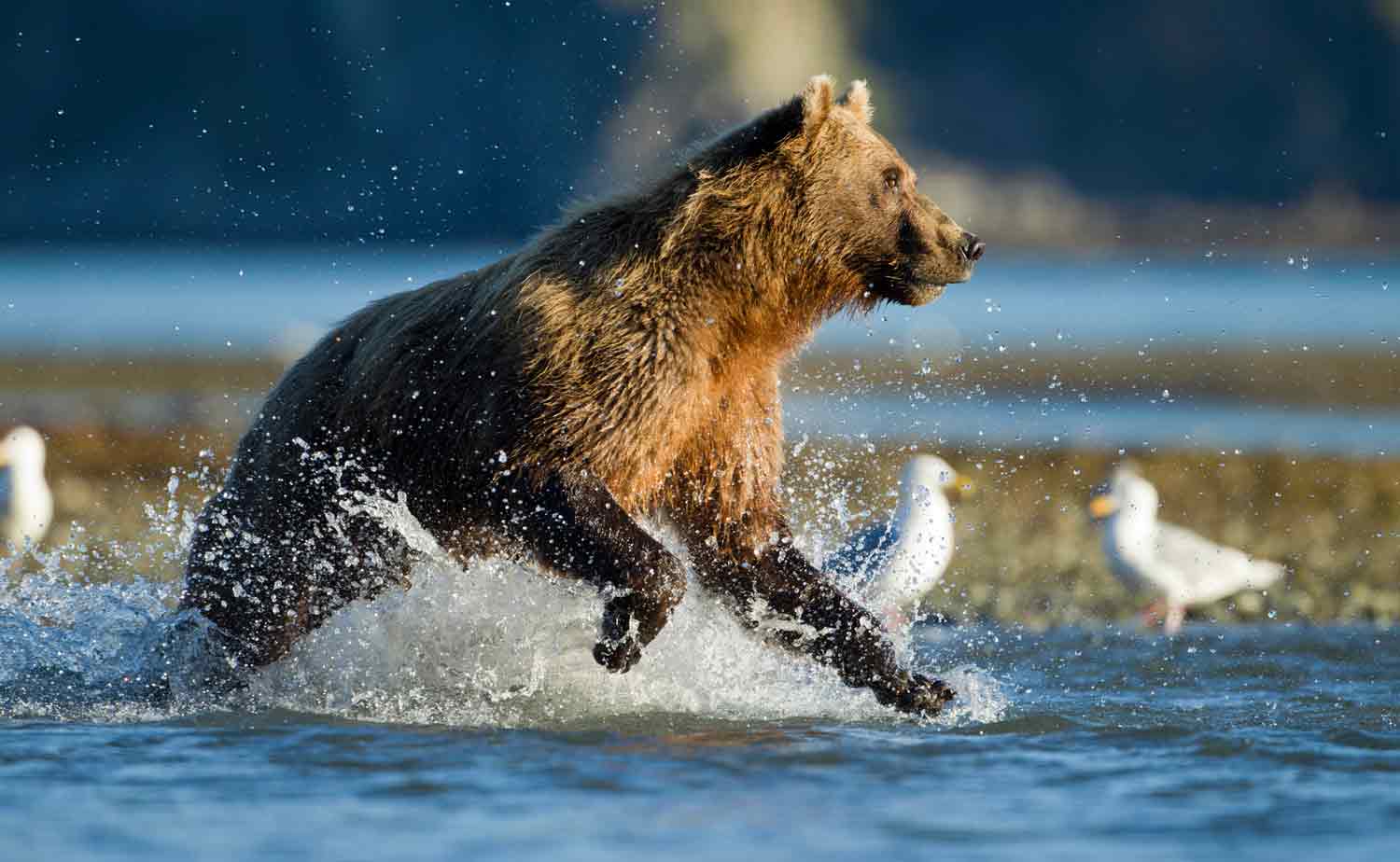A Bird-Scaring Bot
Why are airport workers planning to dress a robot up like a coyote?
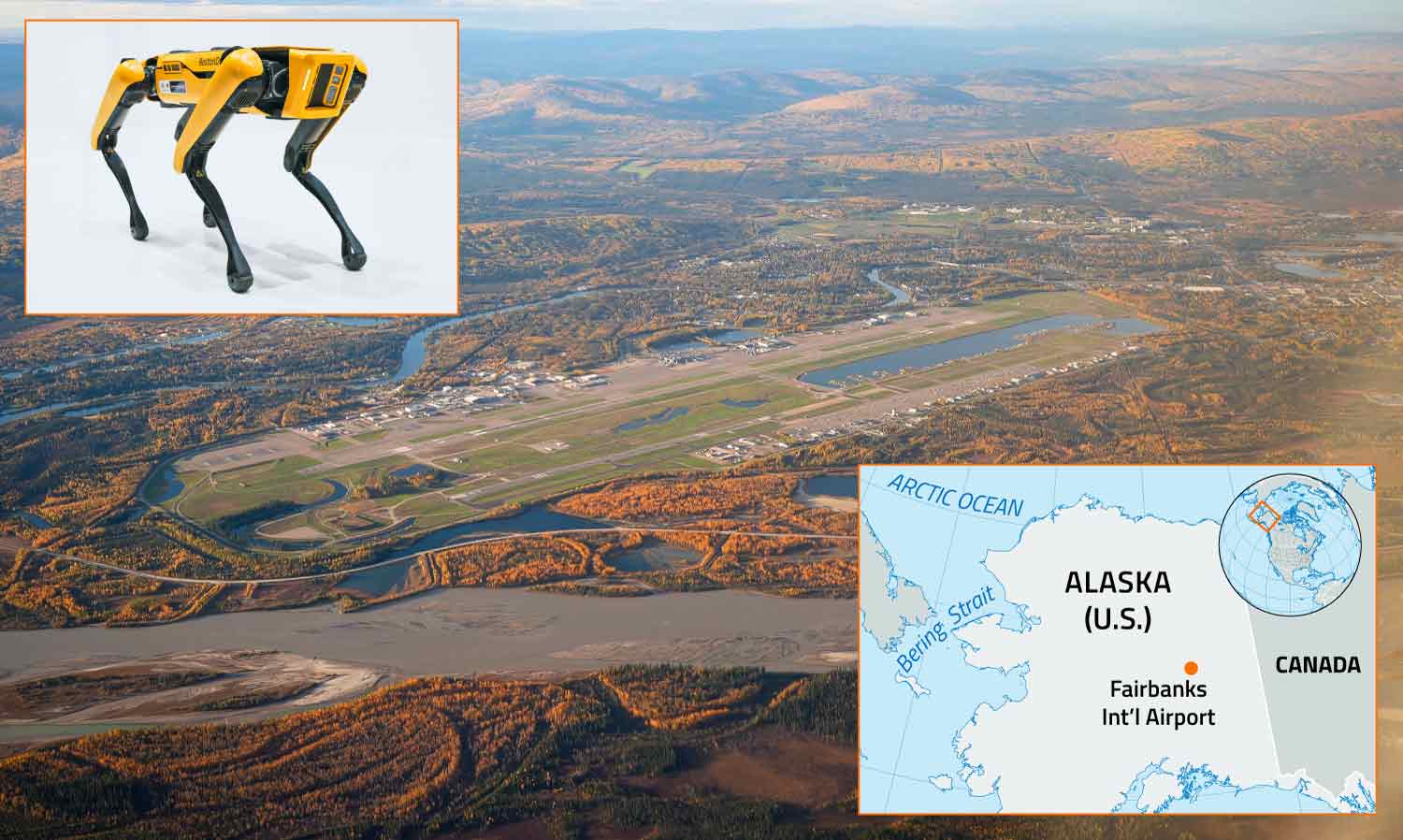
Quintin Soloviev (CC BY-SA 4.0), © Kawee Wateesatogkij/Dreamstime.com; Photo illustration Encyclopædia Britannica, Inc.
If a robot were dressed up as a predator, would a bird be fooled? Officials in Alaska are about to find out. The state’s transportation department will use a robot disguised as a fox or a coyote to try to scare birds and other animals away from a busy airport.
The robot, which officials named Aurora, is the size of a large dog. It travels on four legs and is controlled by a human using a computer or tablet. Aurora can move through snow and rain with ease and even climbs rocky areas or flights of stairs if needed. Its outer panels can be replaced with panels that make it look like a fox or a coyote. Check out the video to see the robot in action.
Alaska Department of Transportation & Public Facilities
Aurora can do many things, but can it scare a bird?
Aurora’s ability to “wear” a disguise could make it valuable for protecting Alaska’s wildlife. Migrating birds and other animals often fly or walk on or near airport runways, putting them in danger as planes take off and land. Officials have tried scaring away the animals by making loud sounds, but that can cause other problems, such as scaring local pets. A robot dressed up as a predator might be a better solution—if it works.
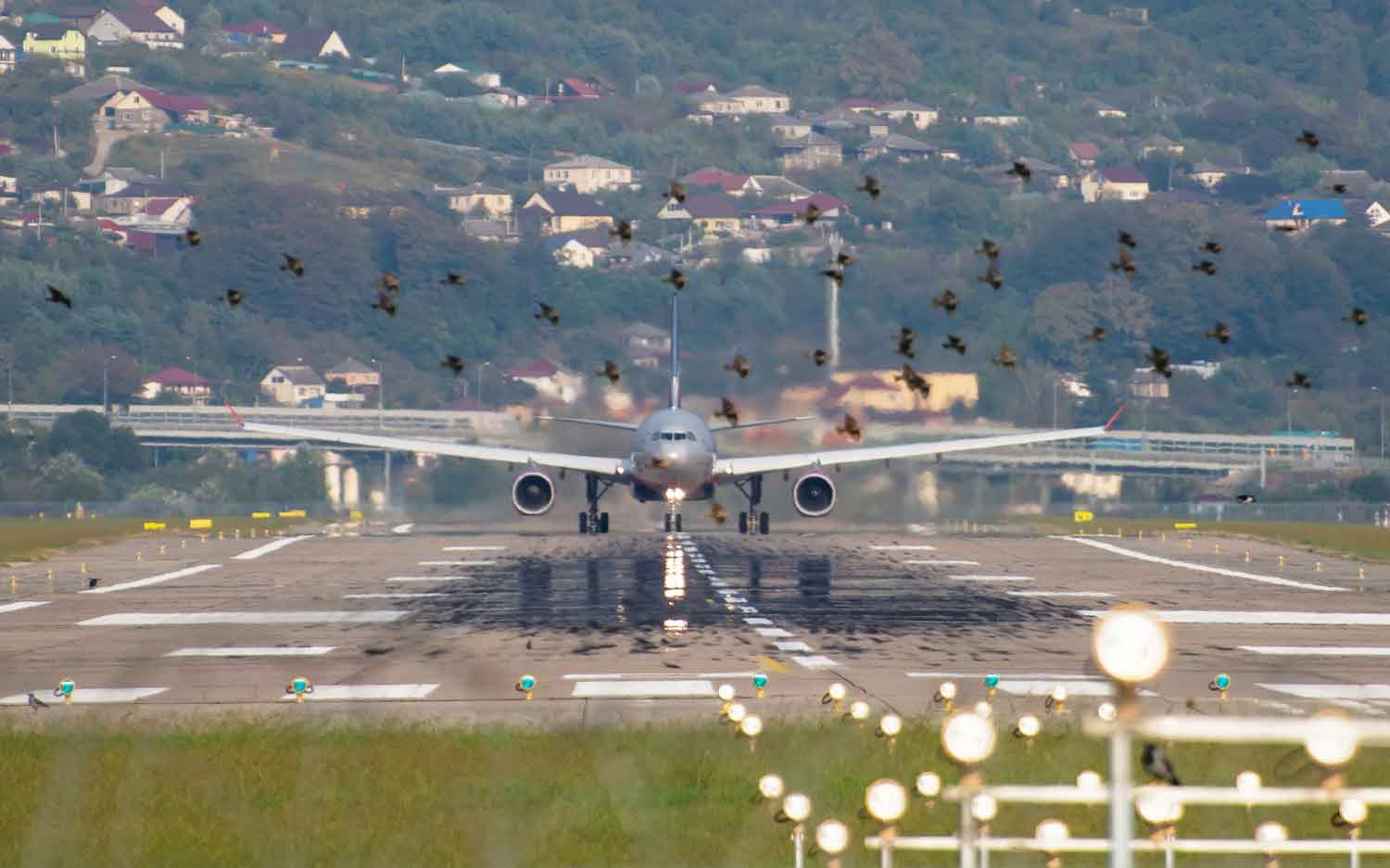
© Dezzor/Dreamstime.com
Officials will test Aurora at the Fairbanks International Airport this fall, when birds that spent the summer in Alaska migrate south. They’ll see whether Aurora scares both these birds and the state’s larger animals, like bears and moose.
